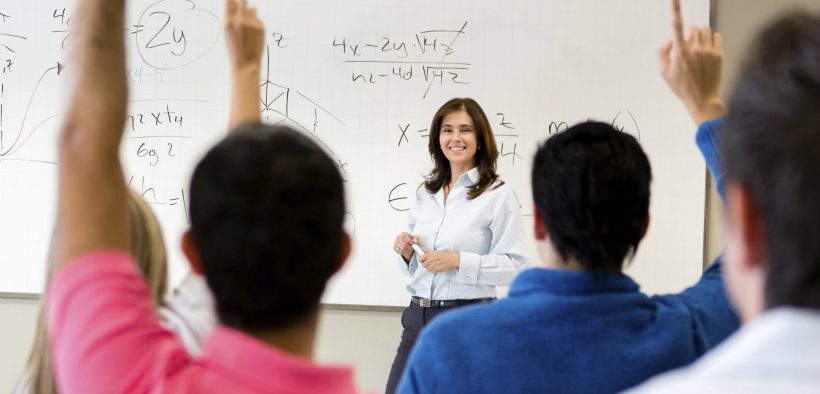Research shows that checking for understanding is perhaps one of the most important components of a teaching sequence. Most teachers provide instruction on a topic and follow up with some questions. On a good day, 4–5 students may volunteer and respond with the correct answers. The teacher then assumes that the majority of the class understands the concept and can handle a homework assignment. The teacher then moves on to the next topic.
Related Articles
I have two loves: teaching and learning. Although I love them for different reasons, I’ve been passionate about...
Active learning is a mostly meaningless educational buzzword. It’s a feel-good, intuitively popular term that indicates concern for...
Perhaps the earliest introduction a student has with a course is the syllabus as it’s generally the first...
Generative AI allows instructors to create interactive, self-directed review activities for their courses. The beauty of these activities...
I’ve often felt that a teacher’s life is suspended, Janus-like, between past experiences and future hopes; it’s only...
I teach first-year writing at a small liberal arts college, and on the first day of class, I...
Proponents of rubrics champion them as a means of ensuring consistency in grading, not only between students within...








